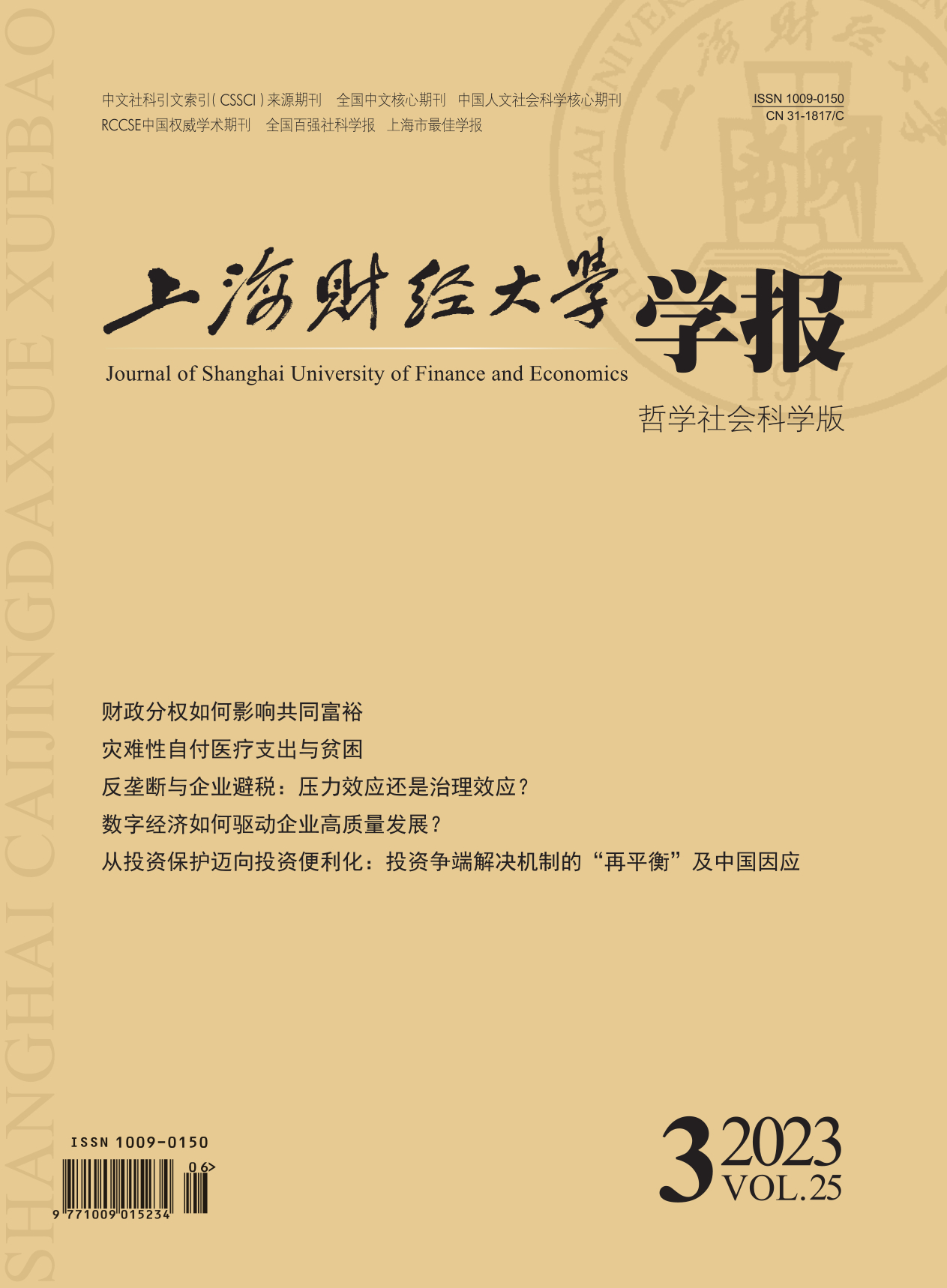Off-balance-sheet assets have continued to increase in recent years, receiving great attention from accounting-standard setting bodies and regulatory institutions. From the perspective of “control” conditions and with reference to property rights, this paper combines the accounting theory with property right economics to provide a theoretical framework for an important type of off-balance-sheet assets — off-balance-sheet assets generated by exchange-in, and their accounting standards. Starting from the recognition requirements and asset definition in the accounting theory, this paper points out that the key to a property right entering the balance sheet is the entity’s control over it, and the two judgment indicators of control are the “use degree” and “benefit degree” of the property right — the numerators are respectively the use ability and economic benefit that the entity actually enjoys the property right, and the denominators are respectively the expected use ability and economic benefit of the property right. Property right economics believe that property rights are a bundle of rights, and the accounting theory also points out that the legal ownership of a physical object may generate multiple rights. Therefore, the entity should identify it from a more detailed perspective of sub-property rights, and judge whether to achieve control to enter the balance sheet. This paper believes that the numerators of the two indicators of use degree and benefit degree are relatively clear, but the denominators may be affected by the hysteresis of reference property rights in the existing accounting standards. When the entity expands or decomposes the original bundle of property rights and a new sub-property right transaction occurs, the existing accounting standards may not be able to provide similar sub-property right transactions for reference. If the entity chooses the smallest bundle of property rights that includes the sub-property right transaction as a reference, the two key indicators in control conditions may not meet the threshold standards, resulting in off-balance-sheet assets. This paper further points out that the entity may formulate corresponding contract content according to the existing accounting standards, and create unregulated sub-property right transactions in the existing standards to artificially construct off-balance-sheet assets. Therefore, an important idea to solve the problem of off-balance-sheet assets generated by exchange-in is to make detailed adjustments to the reference property rights in accounting standards in a timely manner for emerging sub-property right transactions. Applying the above theoretical framework, this paper takes specific accounting standards such as leasing, income, and financial instruments amended in recent years as examples, and analyzes how they innovatively design accounting treatment for various sub-property right transactions based on the idea of property right bundle decomposition, so as to solve the problem of off-balance sheet assets. At the end of this paper, some suggestions are put forward for the technical response of accounting-standard setting bodies: More sub-property rights of service contracts should be included in the standards, and the refinement of sub-property rights in the standards should continue.
 / Journals / Journal of Shanghai University of Finance and Economics
/ Journals / Journal of Shanghai University of Finance and EconomicsJournal of Shanghai University of Finance and Economics
LiuYuanchun, Editor-in-Chief
ZhengChunrong, Vice Executive Editor-in-Chief
GuoChanglin YanJinqiang WangWenbin WuWenfang, Vice Editor-in-Chief
“Control” Conditions, Change of Property Right Bundles and Accounting-standard Setting: Theoretical Analysis of Exchange-in Off-balance-sheet Assets
Journal of Shanghai University of Finance and Economics Vol. 25, Issue 03, pp. 108 - 122 (2023) DOI:10.16538/j.cnki.jsufe.2023.03.008
Summary
References
Summary
Cite this article
Liu Hao, Xu Huaxin. “Control” Conditions, Change of Property Right Bundles and Accounting-standard Setting: Theoretical Analysis of Exchange-in Off-balance-sheet Assets[J]. Journal of Shanghai University of Finance and Economics, 2023, 25(3): 108-122.
Export Citations as:
For
ISSUE COVER
RELATED ARTICLES




 6798
6798  3768
3768

